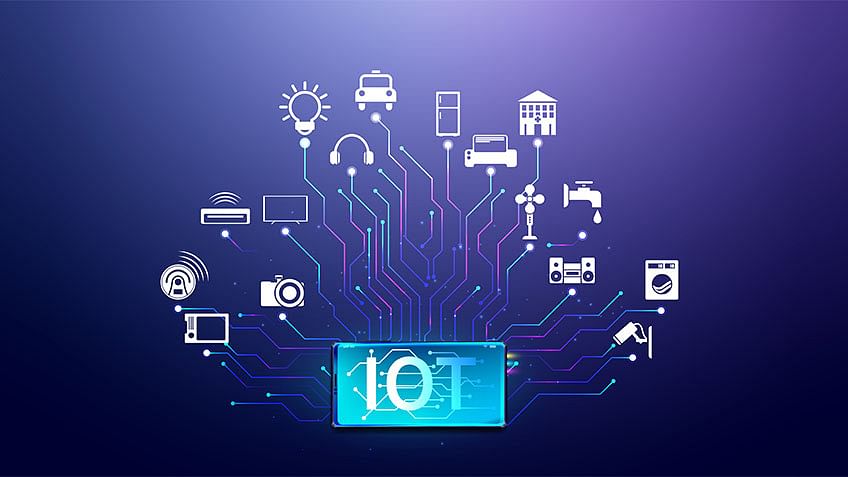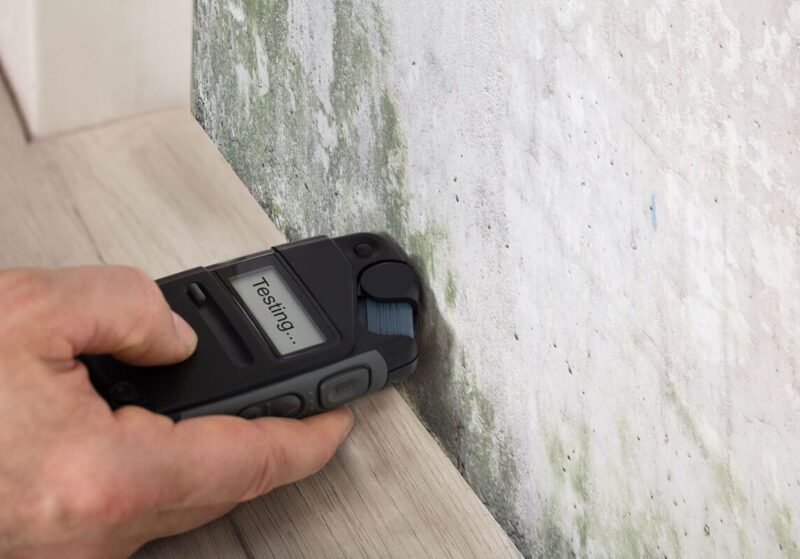In the shadowy corners of our homes and workplaces, mold can thrive unnoticed, posing significant health risks and damaging property. As awareness of these dangers grows, so too does the demand for innovative mold detection systems that promise to identify and mitigate these stealthy intruders before they escalate into full-blown infestations.
This article delves into the cutting-edge technologies driving mold detection, exploring how sensors, advanced algorithms, and even artificial intelligence converge to create powerful tools for remediation. From moisture measurement to air quality assessment, the mechanisms behind these systems are as diverse as the environments they protect.
Join us as we unveil the interplay of science and technology that transforms the daunting task of mold detection into a proactive and manageable endeavor.
The Importance of Mold Detection

Mold detection is not merely a matter of aesthetics; it plays a pivotal role in safeguarding both health and property. Hidden within walls and beneath floors, mold can thrive in damp environments, often going unnoticed until it becomes a pressing concern.
The implications of mold exposure are serious—ranging from respiratory issues and allergic reactions to more severe health problems. Moreover, the structural integrity of a building can be compromised as mold eats away at the materials, leading to costly repairs and potential safety hazards.
Therefore, employing modern mold detection systems is essential. These sophisticated technologies, capable of identifying spores and moisture levels with precision, empower homeowners and facility managers to act swiftly, mitigating the risks before they escalate into major crises.
In a world where environmental change is increasingly unpredictable, understanding and investing in mold detection is not just wise; it’s imperative.
The Role of IoT in Mold Monitoring

The Internet of Things (IoT) has revolutionized the landscape of mold monitoring, offering unprecedented precision and real-time insights. Imagine a network of tiny sensors strategically placed in vulnerable areas—basements, attics, or even behind walls—continuously tracking humidity levels and temperature fluctuations, which are critical factors for mold growth.
These smart devices communicate through interconnected systems, alerting homeowners and facility managers at the first sign of potential mold-inducing conditions. Enhanced by cloud computing, data collected from these sensors can be analyzed in conjunction with historical patterns, allowing for proactive measures rather than reactive fixes.
Additionally, the integration of mobile applications ensures that users receive instant notifications, empowering them to take action swiftly, whether it’s adjusting ventilation, adding dehumidifiers, or calling in professionals. As technology advances, IoT becomes an invaluable ally in the fight against mold, transforming how we monitor our environments and prioritize health and safety.
Future Trends in Mold Detection Solutions
As we look to the horizon of mold detection technology, several exciting trends are emerging that promise to redefine our approach to indoor air quality management. Advanced artificial intelligence algorithms are beginning to take center stage, enabling real-time analysis and predictive modeling that can identify potential mold growth before it becomes problematic.
These smart systems, often integrated with IoT devices, offer seamless monitoring and alerts, allowing property owners and managers to respond swiftly to environmental changes. Additionally, the fusion of machine learning with enhanced imaging technologies is paving the way for more precise, non-invasive detection methods that can discern mold species and assess their viability.
Moreover, as awareness of health implications tied to mold exposure grows, we can expect a surge in demand for user-friendly, consumer-focused solutions, empowering individuals to take proactive measures in their homes. In this rapidly evolving landscape, collaboration between tech developers and environmental health experts will be crucial, ensuring that novel solutions are not only innovative but also effective and safe.
Conclusion
In conclusion, the advancement of technology in mold detection systems represents a significant leap forward in ensuring healthier living environments. With innovative methods like thermal imaging, air sampling, and moisture meters, property owners are better equipped to identify potential mold problems before they escalate.
Particularly, services such as Black Mold Testing are crucial in providing peace of mind, as they not only detect harmful mold species but also suggest appropriate remediation strategies. As awareness of mold-related health issues continues to grow, investing in sophisticated mold detection technology will prove invaluable in safeguarding homes and businesses alike.
By embracing these technologies, we can foster safer indoor spaces and promote overall well-being in our communities.


